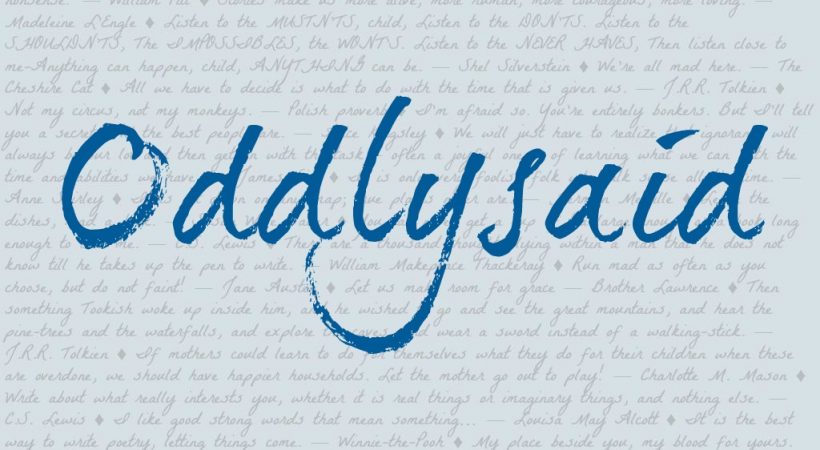Last week, Belgium took steps to expand its euthanasia law to include children. After ten years of legal euthanasia there, the European Institute of Bioethics reported that the various safeguards and limits originally written into the law are routinely ignored.
We saw the same thing in The Netherlands, the first country to accept euthanasia in practice since the 1970s and to legalize it in 2001. It has expanded from terminally ill patients in unrelievable pain, to chronically ill patients, to patients with dementia or mental illness.
There are many worrisome aspects about euthanasia, but one of the most troubling is how it twists dismissal and disregard of the vulnerable into “compassion.” When an otherwise healthy person struggles with depression or anxiety or any other mental illness, society seeks to help that person by treating the illness. When a “defective” person struggles with mental illness and expresses that struggle with suicidal tendencies, the “compassionate” answer is to help that person kill themselves.
If a healthy person becomes depressed in the midst of difficult circumstances — a job loss or the loss of a loved one for example —a nd we say, “Of course, I’d be depressed, too! Let’s help you by treating your illness.” If someone suffers an injury or illness that disables them, or if someone if facing a terminal or chronic illness, we say “Of course, I’d be depressed, too! Let’s help you by killing you.”
Depression lies. Mental illness can be treated, and being disabled or otherwise ill does not change that fact. Saying one group of people deserve treatment for mental illness and another group deserves death is not compassion. As the saying goes, eliminate human problems, not human beings.
Read more about the creeping nature of euthanasia at Between Errands on The Washington Times Community Pages.
For more information on euthanasia, check out the National Right to Life’s Department of Medical Ethics.



Leave a Reply